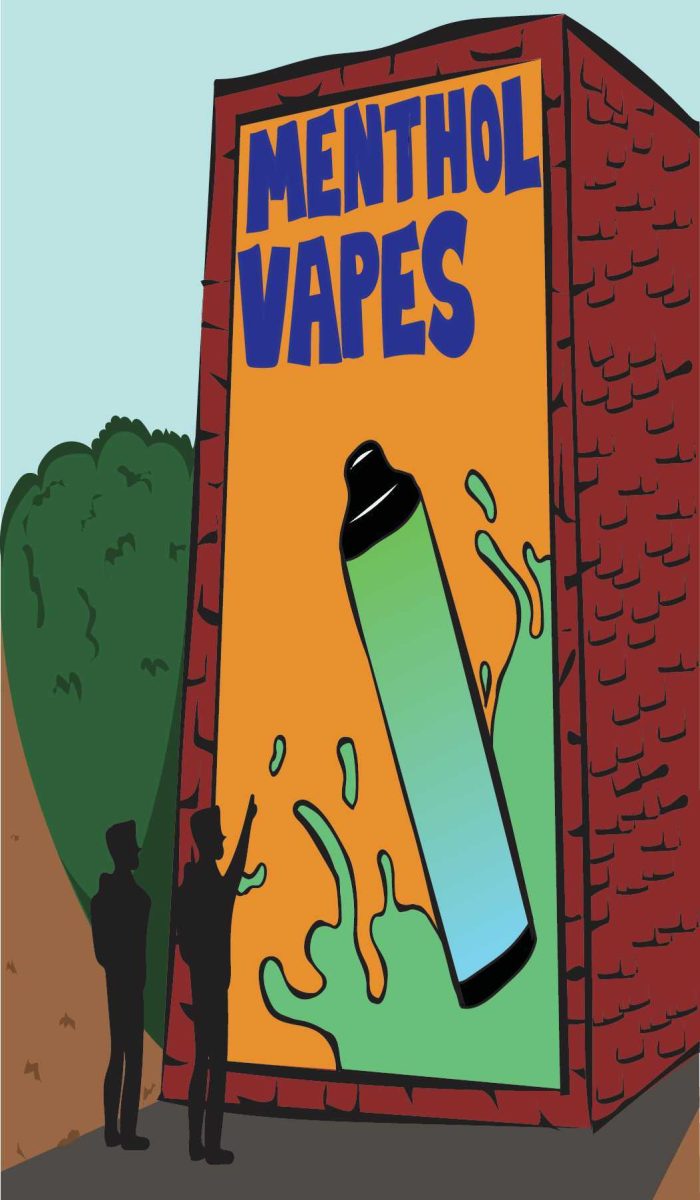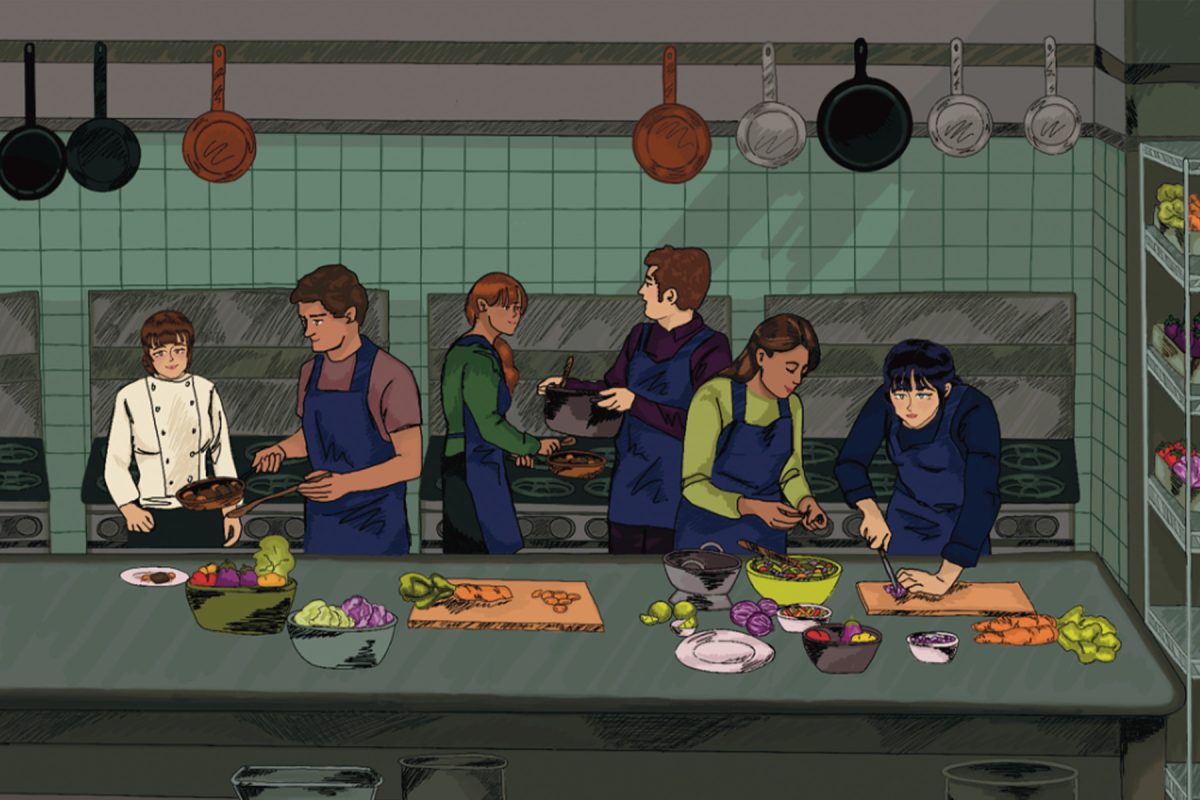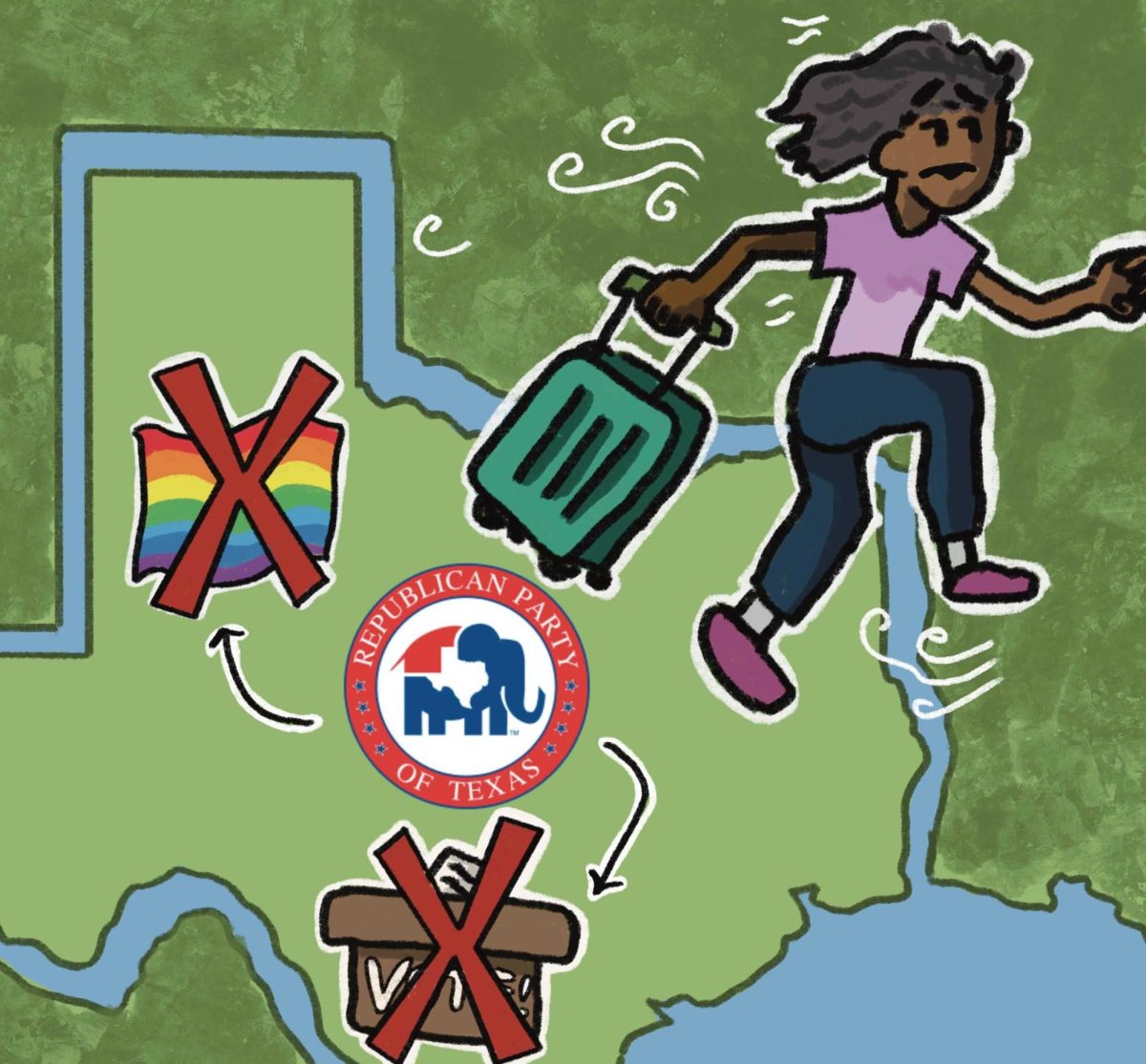Summer represents a lot of different things for people across America. For some, it may mean returning to an old job or a chance to relax or visit extended family. For others, however, the past two summers have revealed an unsettling trend of police brutality that becomes painfully apparent during the downtime of the hottest season.
In the second week of July 2016, a video surfaced of a man named Alton Sterling pinned to the ground by police officers with a gun to his chest, audibly begging for help before shots are heard just as the cellphone camera pans away. The following day, hardly before the grief of the prior had even set in, another public execution had taken place.
This time we watched on Facebook live as Philando Castille bled out in the car next to his fiancée after being pulled over for a busted taillight by Officer Jeronimo Yanez who subsequently shot Castille as he reached for his ID. In the days following, major news organizations cycled through coverage and live panelists that had become all too routine, and the video footage of these two dead black bodies spread fluently across social media and blogs.
In the summer of 2015, we lost Walter Scott, Freddie Gray and Sandra Bland amongst the 991 lives taken by police that year, and each time, major news organizations cycled through routine coverage, the semantic debate over the value of their black lives. The photos and videos capturing black death made social media an unbearable home.
At the time, each new headline was a heart-sinking reminder that my life, or any of my family or black friends’ lives, were just a quick hustle, attitude or wallet away from the trendiest form of capital punishment. Not only were our black lives in the balance but, if said, last moments happened to be captured and shared, Facebook acquaintances, news pundits and aspiring journalists would spend the following days debating the validity of our death and life worth. Such images would become unavoidable for weeks, and the treachery of auto play videos would reinforce the black trauma necessary to maintaining a system of control hinged on fear.
As July creeps closer, I am anticipating the next wave of brutality that statistically is just around the corner by reinforcing defense mechanisms I spent the past two summers developing.
I learned to trust my gut and read carefully as I scroll down my newsfeed. I avoid viral videos with cops in them. I stopped posting lengthy, racially motivated statuses because the debate is not worth it anymore. I learned to hold my tongue because there are no talking points for whether an unarmed 15-year-old did or did not deserve to be murdered by the institution that claims to protect him.
Truth is, brutality has been a fundamental strategy of police forces across the U.S. since their conception. Even when encounters are non-fatal, the lasting psychological effects the racialized over-policing of communities that often lead to the fatal instances of police brutality are crucial to an inherent element of policing institutions: fear.
Aside from direct black trauma, police brutality establishes the idea that not only should you follow the law because it is the law, but because the slightest misstep could mean the end of many marginalized lives. The new visual platform that social media provides is important for the same reason lynching was often performed in public. The intended message is loud, clear and far-reaching but, this summer, I am ready for it.
-Tafari Robertson is a public relations senior
Preparing for another summer of brutality
June 18, 2017
Donate to The University Star
Your donation will support the student journalists of Texas State University. Your contribution will allow us to purchase equipment and cover our annual website hosting costs.


















